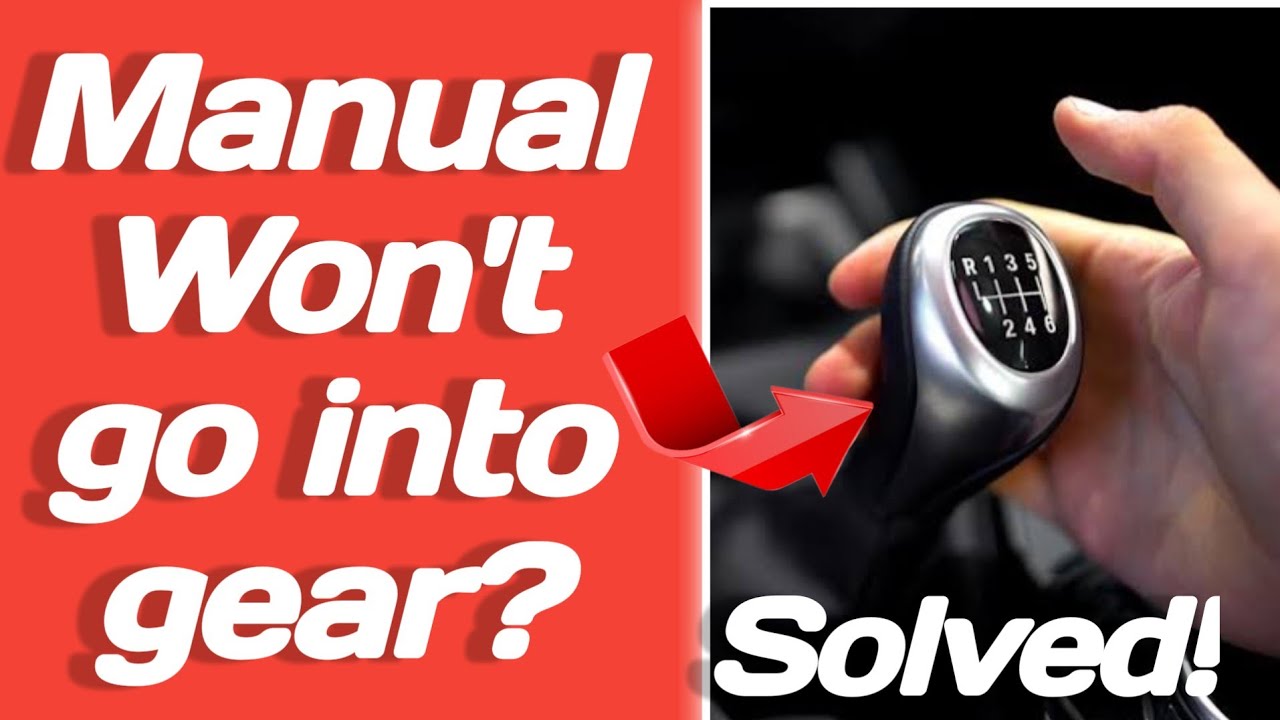Have you ever been in a situation where your manual transmission engages perfectly‚ but your vehicle remains stubbornly still? It’s a perplexing problem that can frustrate even the most seasoned drivers. In this guide‚ we will delve deep into the ins and outs of why your manual transmission might be going into gear but refusing to move‚ and how to troubleshoot this automotive enigma;
Understanding the Basics of Manual Transmission
Before we dive into the troubleshooting steps‚ let’s clarify how a manual transmission works. A manual transmission relies on the driver to shift gears using a clutch pedal and gear stick. When functioning correctly‚ it allows the driver to control the vehicle’s speed and power efficiently.
Key Components of a Manual Transmission
- Clutch: Engages and disengages the engine from the transmission.
- Gearbox: Contains the gears that determine the vehicle’s speed and torque.
- Driveshaft: Transfers power from the transmission to the wheels.
- Flywheel: Helps in maintaining momentum and smooth engagement of the clutch.
Common Causes of Transmission Engagement Without Movement
Now that we have a grasp of how a manual transmission operates‚ let’s explore the potential reasons why it might engage without moving.
1. Clutch Issues
One of the most prevalent reasons for this issue is a malfunctioning clutch. Here are a few specific problems:
- Worn Clutch Disc: Over time‚ friction material can wear down‚ leading to slippage.
- Hydraulic Failure: If the hydraulic system fails‚ the clutch may not fully disengage.
- Clutch Cable Problems: A frayed or broken cable may not allow the clutch to engage properly.
2. Gearbox Malfunctions
Issues within the gearbox can also prevent movement:
- Broken Gears: A damaged gear can prevent the transmission from transferring power.
- Synchro Issues: Synchronizers help in smooth gear engagement; if they fail‚ shifting can become problematic.
3. Driveshaft Problems
If your drivetrain is compromised‚ it can lead to a complete lack of movement:
- Broken Driveshaft: A broken or damaged driveshaft will fail to transfer power to the wheels.
- CV Joint Failure: Constant velocity joints can wear and lead to power loss.
4. Differential Issues
The differential is crucial for transferring power from the driveshaft to the wheels:
- Worn Gears: If the differential gears are worn out‚ power won’t reach the wheels effectively.
- Fluid Leaks: Low fluid levels can lead to overheating and failure.
Troubleshooting Steps
Now that we’ve identified potential causes‚ let’s discuss troubleshooting techniques:
Step 1: Check the Clutch
Begin by observing the clutch operation:
- Press the clutch pedal—does it feel spongy or stick?
- Is there any unusual noise when engaging the clutch?
- Inspect for fluid leaks around the clutch master/slave cylinder.
Step 2: Inspect the Gearbox
Next‚ examine the gearbox:
- Listen for grinding noises while shifting.
- Check for smooth engagement in all gears.
Step 3: Evaluate the Driveshaft and Differential
Finally‚ check the driveshaft and differential:
- Inspect for physical damage or play in the driveshaft.
- Check the differential fluid level and condition.
When to Seek Professional Help
If after your inspection you still cannot determine the problem‚ it may be time to consult a professional mechanic. They can provide a thorough diagnosis and ensure your vehicle is safe and roadworthy.
Experiencing a manual transmission that goes into gear but won’t move can be daunting. However‚ with a little knowledge and careful troubleshooting‚ you can identify the underlying issues. Whether it’s a simple clutch adjustment or a more complex gearbox repair‚ understanding your vehicle’s mechanics will empower you as a driver. Remember‚ when in doubt‚ don’t hesitate to seek professional assistance!
Happy driving!

